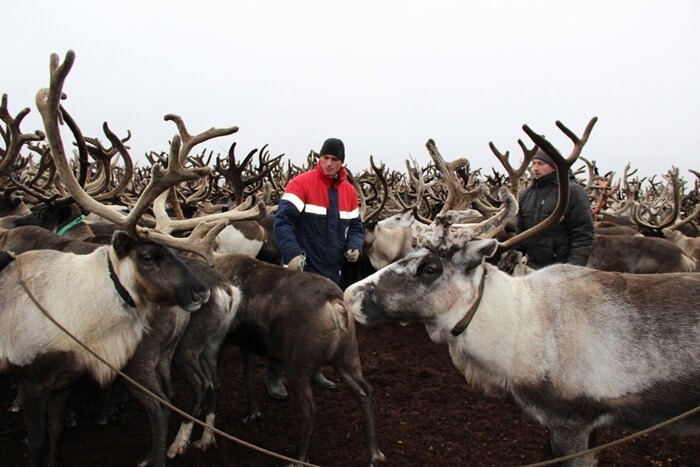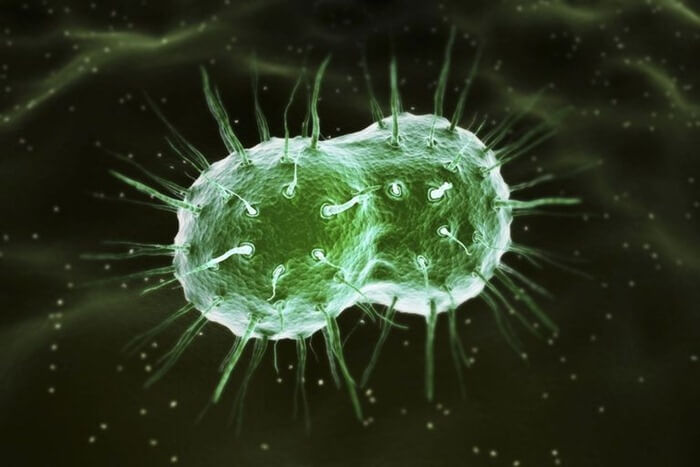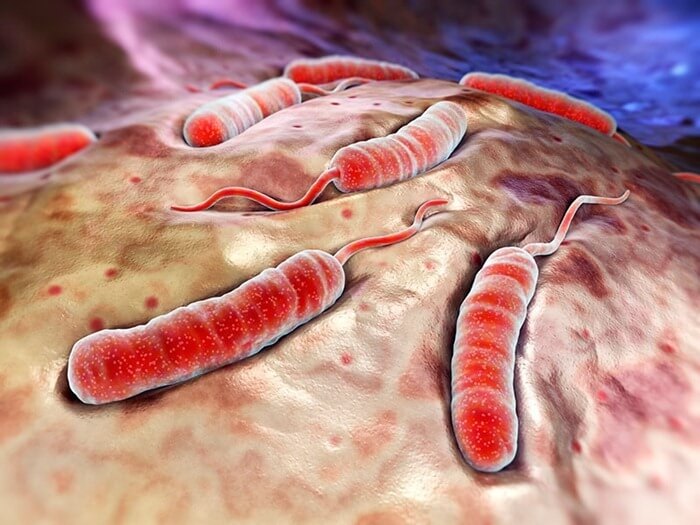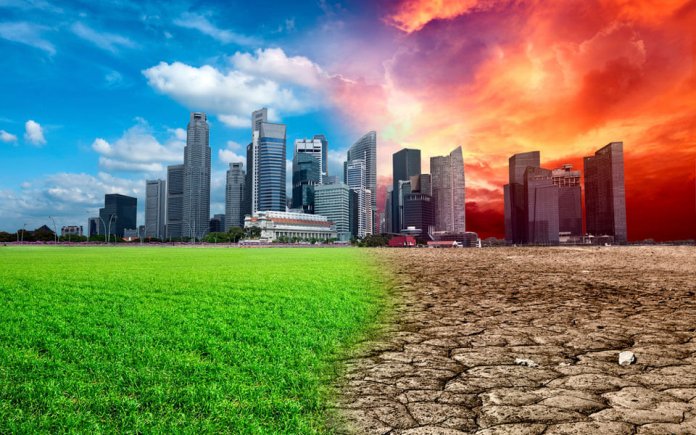As the global climate warms, glaciers are melting, sea levels are rising, and weather conditions are changing. But there is another major threat: the spread of new and long-forgotten diseases in areas that were once considered safe.
Introducing top 5 fatal diseases associated with global warming.
5. Anthrax
 In July 2016, an outbreak of anthrax killed 2.3 thousand deer in Yamal. And 96 people living in the area of the focus of the disease were taken to the hospital for examination for the presence of the disease. The causative agent of anthrax was found in 23 of them.
In July 2016, an outbreak of anthrax killed 2.3 thousand deer in Yamal. And 96 people living in the area of the focus of the disease were taken to the hospital for examination for the presence of the disease. The causative agent of anthrax was found in 23 of them.
Veterinarians suspect that the accidental opening of the grave of an animal infected with anthrax was the cause of the spread of the infection. And the abnormal heat contributed to the very rapid and massive spread of the deadly disease among the deer.
4. Zika virus
 Usually does not cause symptoms (except for a slight fever and rash in adults), but it can provoke miscarriage and fetal microcephaly if it enters the body of a pregnant woman. The main carrier of the Zika virus is the yellow fever mosquito (Aedes aegypti). It bites during the day and can breed in rainwater. Currently, the yellow fever mosquito is found mainly in the tropics, most often in Southeast Asia, South and Central America and parts of Africa. But it could reach regions where global warming will cause drought and people will start harvesting rainwater for domestic use.
Usually does not cause symptoms (except for a slight fever and rash in adults), but it can provoke miscarriage and fetal microcephaly if it enters the body of a pregnant woman. The main carrier of the Zika virus is the yellow fever mosquito (Aedes aegypti). It bites during the day and can breed in rainwater. Currently, the yellow fever mosquito is found mainly in the tropics, most often in Southeast Asia, South and Central America and parts of Africa. But it could reach regions where global warming will cause drought and people will start harvesting rainwater for domestic use.
3. Hitherto unknown pathogens
 Anthrax is not the only "long-liver" in the rating of potentially dangerous fatal diseases provoked by global warming. In 2015, researchers announced they had found a virus that was still infectious after 30,000 years in the Siberian permafrost. Fortunately, this virus from the genus Mollivirus only infects amoeba and is not dangerous to humans, but its existence has raised concerns that deadly pathogens such as smallpox or unknown viruses may lurk in the permafrost.
Anthrax is not the only "long-liver" in the rating of potentially dangerous fatal diseases provoked by global warming. In 2015, researchers announced they had found a virus that was still infectious after 30,000 years in the Siberian permafrost. Fortunately, this virus from the genus Mollivirus only infects amoeba and is not dangerous to humans, but its existence has raised concerns that deadly pathogens such as smallpox or unknown viruses may lurk in the permafrost.
Activities related to oil drilling and mining in permafrost conditions can give rise to microbes that have been dormant for millennia.
2. Tick-borne disease
 Ticks are likely to find new habitats as the climate warms. And along with them diseases such as tick-borne encephalitis will spread. Disease outbreaks occur mainly during warm weather, when ticks (and humans) are most active.
Ticks are likely to find new habitats as the climate warms. And along with them diseases such as tick-borne encephalitis will spread. Disease outbreaks occur mainly during warm weather, when ticks (and humans) are most active.
Another "tick-borne" problem, Lyme disease, can also spread to new areas as the ticks move north. A 2008 Ecohealth article says ixodid ticks (the main vectors of Lyme disease) will receive 213% more habitat in Canada in 2080 if climate change continues to head on.
1. Cholera
 Deadly cholera tops the list of the most dangerous diseases associated with climate change. The disease spreads through contaminated water.
Deadly cholera tops the list of the most dangerous diseases associated with climate change. The disease spreads through contaminated water.
A 2014 study presented at the annual meeting of the American Geophysical Union suggested that both increased heat and flooding associated with climate change could lead to an outbreak of cholera in areas already suffering from poor sanitation. Flooding can spread contaminated water over long distances, while during drought, many cholera bacteria (Vibrio cholerae) will concentrate in small amounts of water.
Cholera loves warm weather, so the hotter it gets on Earth and the warmer the water gets, the more likely it is to spread the disease.

